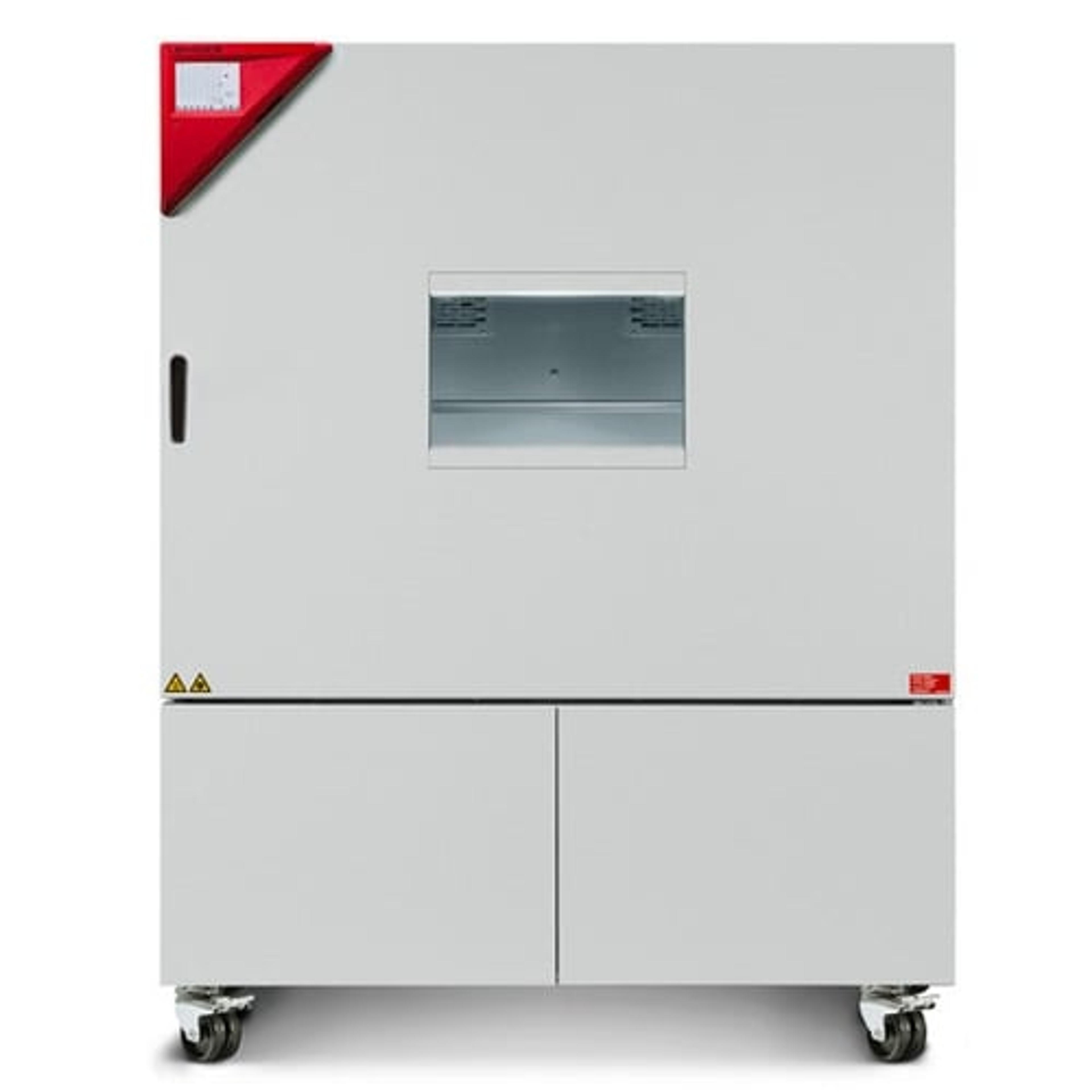Optimized Simulation Chambers With Dry-Air Purge To Meet Automobile Industry Standards
17 Jun 2015
Standards are in place in the modern automobile industry to guarantee the safety and quality of the entire production process. Special environmental simulation chambers with dry-air purge make complex material load testing possible, which is required to fulfill the standards stipulated by the industry.
Especially in the field of automotive manufacturing, the entire production and delivery chain is determined by standards, and standardized testing specifications regulate test procedures for functionality and safety. Every component in an automobile must function perfectly, even under the harshest of conditions; in daily use, they are repeatedly exposed to severe climatic and mechanical loads.
BINDER GmbH, one of the world's leading experts in simulation chambers for scientific and industrial laboratories, has now responded to the constantly increasing requirements in this field and expanded its product offerings. Since the beginning of 2014 all sizes of BINDER's Series MKF and MKFT environmental simulation chambers have been available with an optional controlled dry-air purge function with expanded climate range. Since the beginning of June one additional chamber, MKFT 240, with optional dry-air purge are now optimized for the most common automobile standards, which allows to support automobile manufacturers and suppliers in their development and testing procedures.
The expanded climate range enables climate values such as 10 °C and 5% RH or 0 °C and 10 percent RH. This is possible because dew points of down to -28 °C can be achieved. The specified humidity values are achieved quickly and maintained precisely. The unit is therefore especially well suited to carrying out with no problem the often difficult testing scenarios prevalently found in the automobile industry. The automobile components are subjected to demanding material load testing to determine the resistance of materials and molded parts to weather factors, temperature and temperature shifts. The test samples undergo cyclical climate change tests and/or accelerated short-term tests with a time-lapse effect to determine service life. In this way, possible weaknesses can be detected early in the product-development process in order to avoid costly failures or even image-damaging product recalls. In addition, the tests are reproducible at any time.

